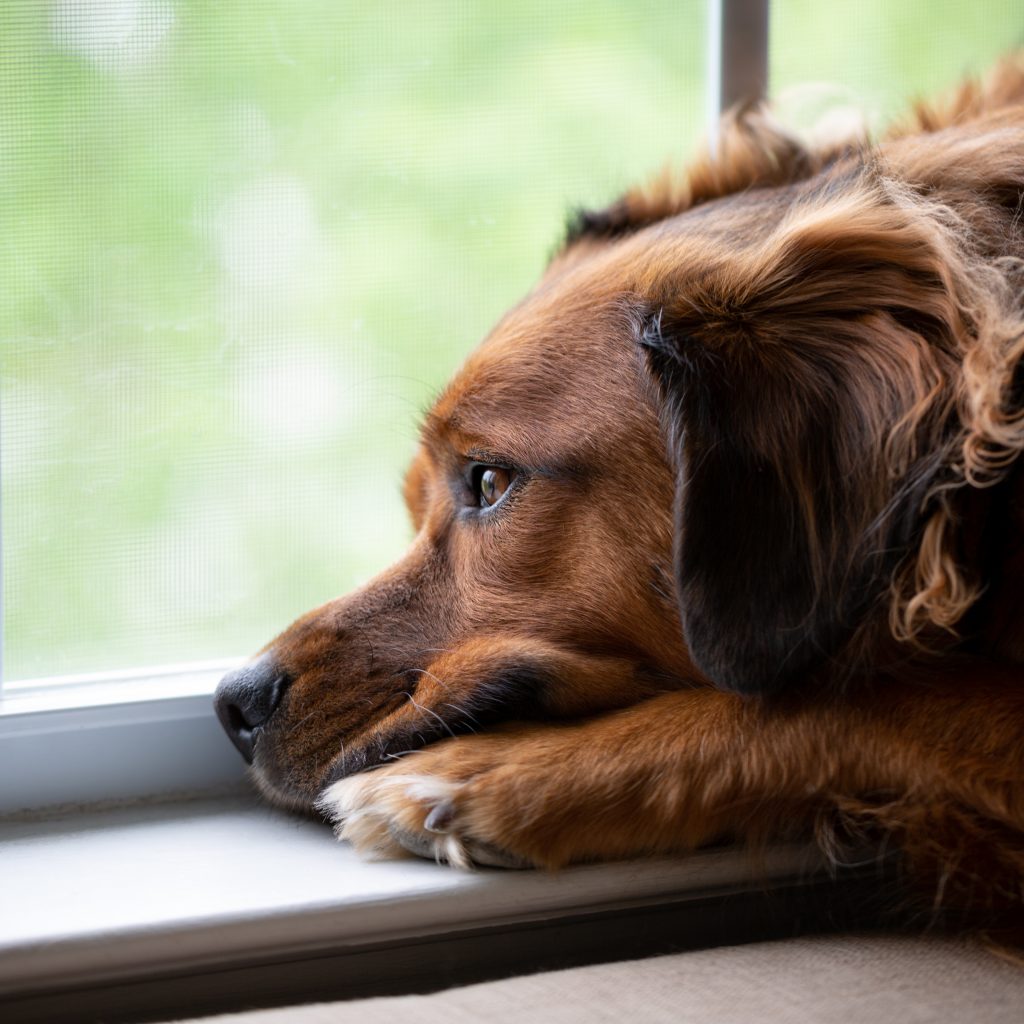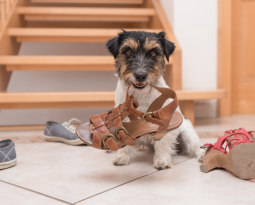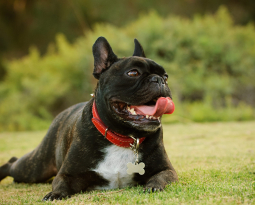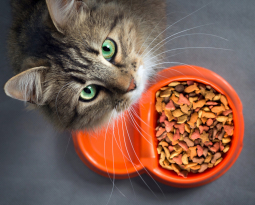Aside from their “puppy dog face,” which can be undeniably adorable, a sad dog is often a cause of concern. If your dog seems sad, it might mean he or she is not feeling well either emotionally or physically. In any case, do not ignore it! Like humans, a sad dog could be an indication of depression or it could be a symptom of a physical injury.
Dogs and Feelings
So, how much can dogs actually feel? This has been a topic of study that has fascinated scientists, dog owners, and animal lovers for centuries. The most recent studies state that the emotional range of a dog is similar to that of a 2-year-old child. This means a dog’s emotional range is both limited and largely based on their external environment.
So how do you know if your dog is sad?
Signs of a Sad Dog
If you notice your dog seems sad, be on the lookout for these symptoms that could indicate depression or sadness:
- Lack of interest
- Over grooming (such as licking areas on their paws or stomach bald)
- Changes in sleep pattern
- Changes in appetite
- Avoidance of people
A sad dog might show a lack of interest in activities that he or she once enjoyed such as going for walks or playing outside. They can also seem withdrawn from people including their owner. Additionally, dogs will hide or avoid people if they are physically injured.
Noticeable differences in your dog’s weight or energy levels can mean something is wrong as well. Be aware of any changes in your dog’s sleeping or eating patterns for both can be signs of depression.
So if your dog does not greet you with his or her usual enthusiasm, there is a chance they might not be feeling well! If this is the case, the best action you can take is to contact your local vet right away.
Causes of a Sad Dog
There are various reasons as to why your dog might be sad. Most of them can fall under the categories either environmental, which can lead to emotional, or physical.
Changes in Environment
If your dog seems sad, chances are their environment might be able to give you clues as to what’s causing the rain cloud of their head. Dogs do not handle sudden change well, so moving homes or a change of scenery can affect your dog emotionally.
If someone has recently moved out of the house or another pet passed away, your dog might be mourning or grieving the loss. Your dog might be more withdrawn at this time.
On the opposite spectrum, if there has been a new addition to the family, your dog might feel a sense of neglect or sadness because of the shift of attention. They could also be scared of the newcomer!
Physical/Health Illness
A dog that is dealing with a health issue or a physical injury can act depressed and avoidant. If you notice this type of behavior, paired with a limp, lethargy, or any sign of an injury,contact your vet. Your vet can help diagnose your dog or give him or her the proper medication to heal.
Another thing to keep in mind is listlessness can also be a side effect of the medication your dog is taking. If this is the case, let your vet know to prescribe another medication or take your dog off the current one.

Ways to Cheer Up Your Sad Dog
If your dog is unhappy, have no fear! A depressed or sad dog has to bounce back emotionally with a little help from their owners. Here are some ways to cheer up your sad dog.
Bonding Time
Spending time with your dog can make them feel better. Playing with your dog will remind them that they are truly loved and cared for. You can also cuddle or go on walks with your dog.
If you know other dog owners, trying to socialize your dog with other pets is another great way to uplift your best friend’s spirit.
Treat Your Dog
Does your dog enjoy car rides? What is his favorite toy? Treating your dog to their favorite activity or giving him a new toy can help to cheer them up. Also, since dogs love food, treat him or her to their favorite meal!
Do NOT Smother Your Dog
Just a friendly reminder, avoid smothering your dog if they seem down. Of course you want your dog to be happy again, but showing your dog excessive love can make them think that acting depressed is encouraged. Instead, give your dog a treat when they show a positive change in behavior.
It might also help to set up a routine for your dog. Feed them at a certain time, take them out for a daily walk, and have cuddle sessions in between; all this can help cheer your pup up.
If in the case your dog is still sad or does not seem to be getting better, they might need some medical attention. If so, please do not hesitate to reach out to us here at Acoma Animal Clinic in Tucson. We may be able to help provide answers over the phone!







